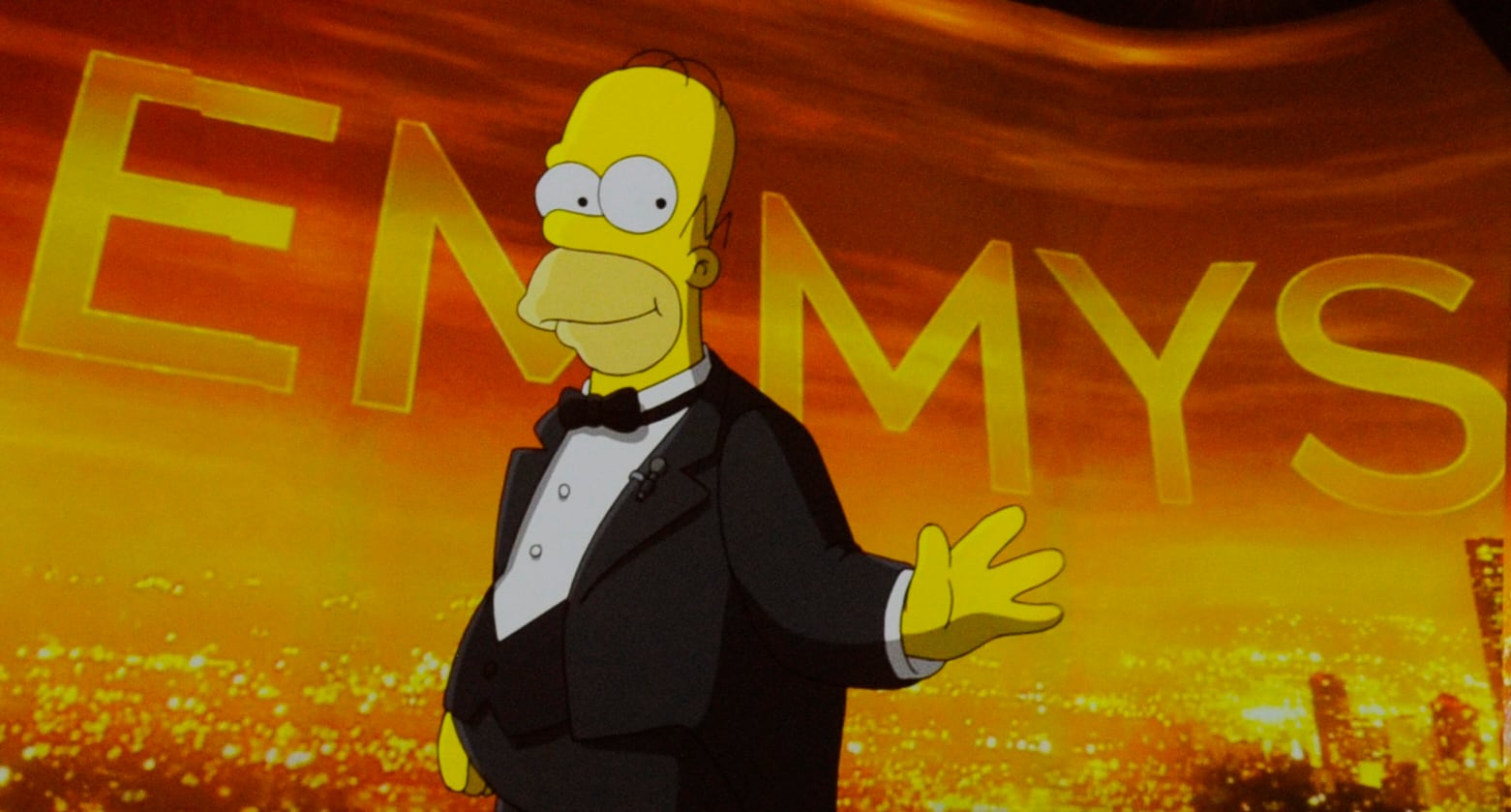Many a doughnut legend begins with the story of the lassies during World War I, who, realizing that the soldiers might want a taste of America, began serving up the fried pastry in France.
And while this particular event made the holey treat popular, the breakfast item as we know it actually traces its roots to 1847.
“The idea of frying a chunk of dough is ancient,” a Washington Post piece from 2002 reads. “The Romans did it. So did just about every other long-lived European culture, from the Dutch to the Spanish to the Germans.”
It is a teenage sailor from Maine, however, who is credited with poking a hole in his mother’s pastry to produce the definitive American doughnut.
The teen’s mother was “Elizabeth Gregory, a New England ship captain’s mother who made a wicked deep-fried dough that cleverly used her son’s spice cargo of nutmeg and cinnamon, along with lemon rind,” according to the Smithsonian. “Some say she made it so son Hanson and his crew could store a pastry on long voyages, one that might help ward off scurvy and colds.”
As such, Hanson Gregory’s treat was named a “dough-nut” — given that it was literally a piece of fried dough and nutmeg.
As for the hole, the Smithsonian report floats several intriguing theories. One suggests that Gregory added it because it required less dough. Another theory posits that the shape is optimized for gripping the treat on a rocking boat. More boringly, there is a theory that the edges of the round cakes baked hard while the inside remained uncooked and soggy, and so the hole was a matter of consistency.
“I took the cover off the ship’s tin pepper box, and — I cut into the middle of that donut the first hole ever seen by mortal eyes!” Gregory himself is quoted as telling the Boston Post.
While the validity of these tales remains hazy, what isn’t is that sailors, Marines, soldiers and airmen — like all Americans — have fallen in love with the hallowed, hollowed treat, and it has become inextricably linked to the U.S. military.
The Salvation Army’s doughnut lassies got their start in 1917 when Ensign Helen Purviance was assigned to the 1st Army Division during World War I.
Purviance began serving them to bring cheer to soldiers stationed abroad. Her cohort, Ensign Margaret Sheldon, said she rolled over 300 of these perforated pastries in one day, according to the book “American Women in World War I.”
Now, the first Friday of June each year is dedicated to America’s favorite pastry.
Sarah Sicard is a Senior Editor with Military Times. She previously served as the Digitial Editor of Military Times and the Army Times Editor. Other work can be found at National Defense Magazine, Task & Purpose, and Defense News.
In Other News















